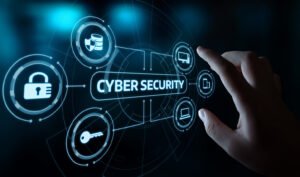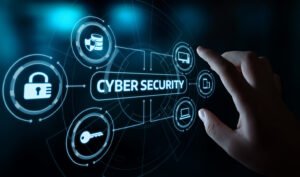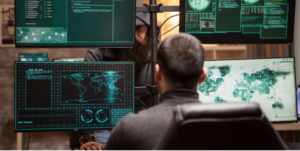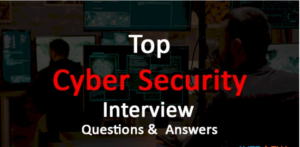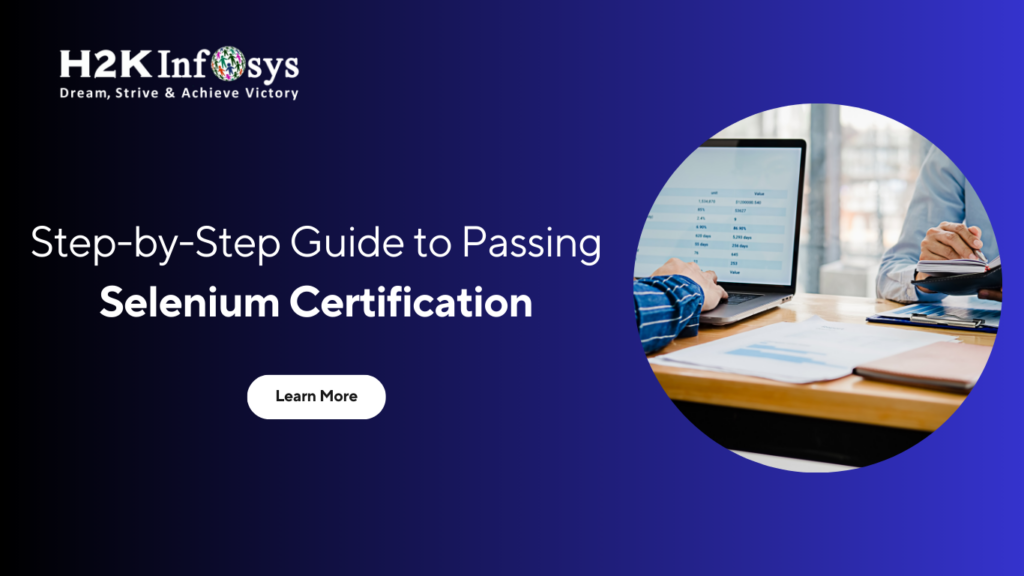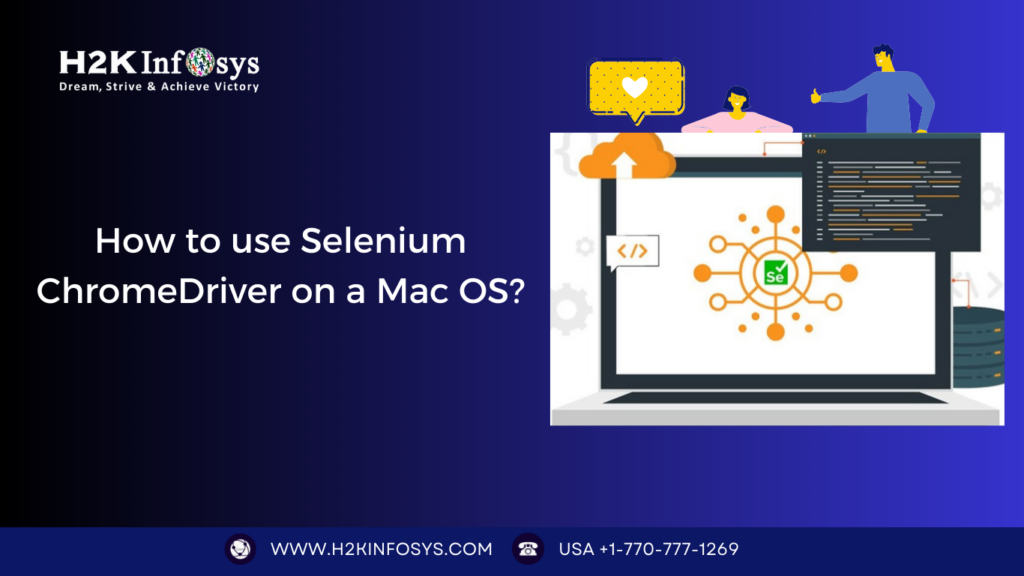The role of a cybersecurity specialist is more critical than ever as organizations across the globe grapple with an increasing number of cyber threats. From protecting sensitive data to ensuring network security, cybersecurity specialists play a vital role in maintaining the integrity of IT infrastructure. If you’re preparing for an interview for a cyber security specialist position, it’s essential to be ready to answer a wide range of questions that assess your technical expertise, problem-solving skills, and understanding of cybersecurity principles. This blog provides a comprehensive list of the top interview questions you might encounter as a cybersecurity specialist, along with insights on how to answer them effectively.
1. What is the difference between a vulnerability, a threat, and a risk?
Why this question is asked: Interviewers ask this question to gauge your understanding of fundamental cybersecurity concepts.
How to answer:
- Vulnerability: A vulnerability is a weakness or flaw in a system, software, or hardware that could be exploited by an attacker. Examples include outdated software, weak passwords, and unsecured networks.
- Threat: A threat is a potential cause of an unwanted incident that could harm a system or organization. Threats can be external (hackers, malware) or internal (disgruntled employees, accidental data leaks).
- Risk: Risk is the potential for loss, damage, or destruction of an asset as a result of a threat exploiting a vulnerability. Risk is typically measured by the likelihood of the threat occurring and the impact it would have.
2. Can you explain the CIA triad?
Why this question is asked: The CIA triad is a core principle in cybersecurity, and interviewers want to ensure that candidates understand its components.
How to answer:
- Confidentiality: Confidentiality ensures that sensitive information is accessible only to those who are authorized to view it. Techniques such as encryption, access controls, and authentication help maintain confidentiality.
- Integrity: Integrity involves protecting data from being altered or tampered with, ensuring that the information is accurate and trustworthy. Integrity is maintained through hashing, digital signatures, and checksums.
- Availability: Availability ensures that data and resources are accessible to authorized users when needed. This is achieved through redundancy, backups, and robust disaster recovery plans.
3. What is a man-in-the-middle attack, and how can it be prevented?
Why this question is asked: This question tests your knowledge of common cyber threats and your ability to implement preventive measures.
How to answer:
- Explanation: A man-in-the-middle (MITM) attack occurs when an attacker intercepts and potentially alters the communication between two parties without their knowledge. This can lead to data theft, eavesdropping, or data manipulation.
- Prevention: Preventing MITM attacks involves several strategies, including:
- Using strong encryption protocols such as TLS/SSL for secure communication.
- Implementing VPNs to encrypt data traffic.
- Enforcing strong authentication methods, such as multi-factor authentication (MFA).
- Educating users about the dangers of connecting to unsecured public Wi-Fi networks.
4. What steps would you take if you discovered a security breach?
Why this question is asked: This question assesses your incident response capabilities and your ability to act quickly in the event of a security breach.
How to answer:
- Immediate Response:
- Identify and Contain: First, identify the scope of the breach and contain it to prevent further damage. This may involve disconnecting affected systems from the network or shutting down compromised accounts.
- Eradicate the Threat: Once contained, eradicate the threat by removing malware, patching vulnerabilities, and securing any backdoors.
- Recovery:
- Restore Systems: Begin the recovery process by restoring systems from backups, ensuring that they are fully patched and secure before bringing them back online.
- Monitor for Further Threats: Continuously monitor the systems for any signs of lingering threats or unusual activity.
- Post-Incident Analysis:
- Conduct a Post-Mortem: Analyze the breach to understand how it occurred and what vulnerabilities were exploited.
- Implement Security Improvements: Use the findings to strengthen security measures and prevent future breaches.
- Report the Incident: Depending on the severity of the breach, report the incident to relevant stakeholders and, if necessary, regulatory bodies.
5. What are the differences between symmetric and asymmetric encryption?
Why this question is asked: Encryption is a fundamental aspect of cybersecurity, and interviewers want to know that you understand the differences between these two encryption methods.
How to answer:
- Symmetric Encryption:
- Uses a single key for both encryption and decryption.
- It is faster and more efficient but requires that the key be securely shared between parties.
- Common algorithms include AES, DES, and 3DES.
- Asymmetric Encryption:
- Uses a pair of keys: a public key for encryption and a private key for decryption.
- It is more secure for key distribution since the public key can be shared openly while the private key remains confidential.
- Common algorithms include RSA, DSA, and ECC.
6. How do you stay updated on the latest cybersecurity threats and trends?
Why this question is asked: Cybersecurity is a rapidly changing field, and interviewers want to ensure that you are proactive in keeping your knowledge current.
How to answer:
- Follow Industry News: Mention reputable cybersecurity blogs, news sites, and newsletters you follow, such as Krebs on Security, The Hacker News, or Dark Reading.
- Participate in Professional Networks: Highlight any involvement in cybersecurity communities, forums, or social media groups where professionals discuss the latest trends and threats.
- Continuous Learning: Mention any certifications, online courses, or conferences you regularly attend to keep your skills sharp and updated.
- Practical Experience: Discuss how you apply new knowledge in your current role, such as testing new tools, implementing best practices, or conducting internal training sessions.
7. What is multi-factor authentication (MFA), and why is it important?
Why this question is asked: MFA is a critical security measure, and interviewers want to ensure that you understand its importance and implementation.
How to answer:
- Explanation: Multi-factor authentication (MFA) is a security mechanism that requires users to provide two or more verification factors to gain access to a resource. These factors typically include something the user knows (password), something the user has (smartphone or hardware token), and something the user is (biometrics).
- Importance:
- MFA adds an additional layer of security beyond just a username and password, making it significantly more difficult for attackers to gain unauthorized access.
- Even if one factor (e.g., password) is compromised, the attacker would still need to breach the other factor(s), which greatly reduces the likelihood of successful attacks.
- MFA is particularly important for protecting sensitive accounts, such as email, financial services, and access to critical infrastructure.
8. Can you describe the process of penetration testing and its importance?
Why this question is asked: Penetration testing is a key aspect of cybersecurity, and interviewers want to know that you understand its purpose and methodology.
How to answer:
- Process:
- Planning and Scoping: Define the scope and objectives of the penetration test, including which systems and networks will be tested and the rules of engagement.
- Reconnaissance: Gather information about the target systems, such as IP addresses, domain names, and potential vulnerabilities, using tools like Nmap or Wireshark.
- Exploitation: Attempt to exploit identified vulnerabilities to gain unauthorized access, escalate privileges, or move laterally within the network.
- Reporting: Document the findings, including vulnerabilities discovered, the methods used, and the impact of successful exploits. Provide recommendations for remediation.
- Importance:
- Penetration testing simulates real-world attacks to identify security weaknesses before they can be exploited by malicious actors.
- It helps organizations understand their security posture, prioritize vulnerabilities, and implement effective countermeasures.
- Regular penetration testing is crucial for maintaining compliance with industry standards and regulations, such as PCI-DSS or GDPR.
9. What are the most common types of malware, and how can they be mitigated?
Why this question is asked: Understanding different types of malware and how to defend against them is essential for a cybersecurity specialist.
How to answer:
- Types of Malware:
- Viruses: Malicious software that attaches itself to legitimate programs or files and spreads to other systems. Mitigation involves using antivirus software, keeping systems patched, and educating users about safe practices.
- Worms: Standalone malware that spreads across networks without user intervention. Mitigation includes network segmentation, firewalls, and regular software updates.
- Trojan Horses: Malicious software disguised as legitimate software. Mitigation involves using application whitelisting, educating users, and monitoring for unusual activity.
- Ransomware: Malware that encrypts files and demands payment for decryption. Mitigation includes regular backups, using anti-ransomware tools, and ensuring systems are patched.
- Spyware: Malware that secretly gathers information about a user. Mitigation involves using anti-spyware tools, browser security settings, and educating users about phishing and social engineering attacks.
10. How would you secure a network against a Distributed Denial of Service (DDoS) attack?
Why this question is asked: DDoS attacks are a common and disruptive threat, and interviewers want to know how you would protect a network against such an attack.
How to answer:
- Preparation and Mitigation:
- Rate Limiting: Implement rate limiting to reduce the impact of excessive traffic on your servers.
- Web Application Firewalls (WAF): Use a WAF to filter and monitor HTTP traffic and protect against DDoS attacks that target application-layer vulnerabilities.
- Load Balancing: Distribute incoming traffic across multiple servers using load balancers to prevent any single server from being overwhelmed.
- Traffic Analysis and Filtering: Employ traffic analysis tools and Intrusion Detection/Prevention Systems (IDS/IPS) to detect and filter out malicious traffic.
- DDoS Protection Services: Use dedicated DDoS protection services from cloud providers (e.g., AWS Shield, Cloudflare) to absorb and mitigate large-scale attacks.
- Incident Response: Develop an incident response plan specifically for DDoS attacks, including clear communication protocols, escalation procedures, and recovery steps.
11. What is a zero-day vulnerability, and how do you protect against it?
Why this question is asked: Zero-day vulnerabilities represent a significant risk because they are unknown and unpatched. This question tests your understanding of handling such threats.
How to answer:
- Explanation: A zero-day vulnerability is a software flaw that is unknown to the software vendor and, therefore, does not have a patch or fix available. Because it is unknown, attackers can exploit it before it is detected and mitigated.
- Protection Strategies:
- Regular Patching: While zero-day vulnerabilities are unpatched, keeping all other software up to date reduces the overall attack surface.
- Network Segmentation: Limit the impact of potential exploits by isolating critical systems within segmented networks.
- Behavioral Analysis: Use advanced security solutions that focus on detecting abnormal behavior, rather than relying solely on signature-based detection.
- Threat Intelligence: Stay informed about emerging threats through threat intelligence feeds and proactively apply security measures.
- Incident Response: Have a robust incident response plan in place to quickly identify and mitigate the impact of zero-day attacks.
12. What is social engineering, and how can it be prevented?
Why this question is asked: Social engineering exploits human psychology rather than technical vulnerabilities, making it a common and dangerous threat.
How to answer:
- Explanation: Social engineering is the manipulation of individuals into divulging confidential information or performing actions that compromise security. Common techniques include phishing, pretexting, baiting, and tailgating.
- Prevention:
- Employee Training: Educate employees about the dangers of social engineering and how to recognize common tactics. Regularly update training to reflect new threats.
- Email Filtering: Use email filtering tools to block phishing attempts and malicious attachments.
- Multi-Factor Authentication (MFA): Implement MFA to add an extra layer of security even if credentials are compromised.
- Access Controls: Limit access to sensitive information based on job roles and enforce the principle of least privilege.
- Incident Reporting: Encourage employees to report suspicious activities or potential social engineering attempts immediately.
Conclusion
Preparing for a cybersecurity specialist interview requires a deep understanding of various technical concepts, security protocols, and real-world problem-solving strategies. The questions highlighted in this blog are designed to test your knowledge, skills, and ability to protect organizations from cyber threats effectively. By studying these questions and practicing your responses, you’ll be well-prepared to showcase your expertise and secure your position as a cybersecurity specialist. Remember, cybersecurity is a dynamic field, so staying updated on the latest trends, tools, and threats is crucial to maintaining a successful career.








